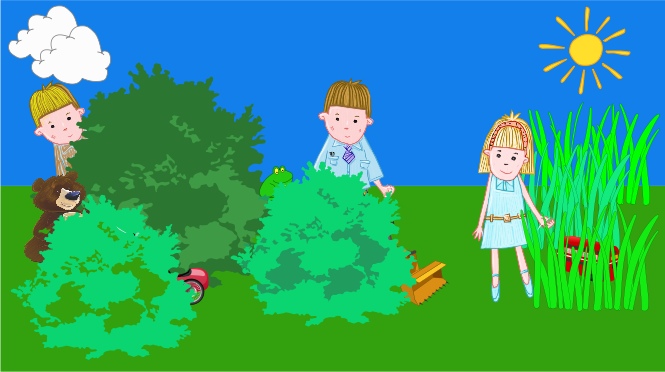
The Easter Holidays are here, so here are some fun activities to keep children of all ages entertained whether we have rain or sunshine.
A treasure hunt is a great way to teach children directional language. Being able to understand directional and placement (prepositions) vocabulary is important for understanding everyday instructions such as ‘put your cup on the table’; ‘go along the hall and stop at the door in front of you’.
We also use this directional language to explain how to draw patterns and write letters, which is another reason why it is important for young children to be introduced to, and have a good understanding of, this kind of vocabulary.
Through treasure hunts you can introduce new directional and placement language in a fun and exciting way. There are a number of different ways to approach this:
- You can give verbal instructions to the hidden treasure.
- You could create a map for them to follow and ask them to talk you through the map, supporting them with new language as necessary.
- You could use a mixture of verbal and map clues.
- For older children get them to hide the treasure and give you instructions, or draw a map.
- If you have more than one treasure and they are of different sizes make the larger ones more difficult to find.
The important thing is the language shared. Words and phrases to use are: left, right, straight on, forward, backwards, about turn, turn around, up, down, higher, lower, stop, next to, in front, beside, underneath, on top of, behind, on the left of, on the right of, outside, and inside.
Treasure hunts are a great whole family activity and you are never too young or too old to join in!